Sealife guideThe red-footed boobySula sula
Last updated on 01/27/2025 at 09:52 PM
Taxonomy
- Common name: Red-footed booby
- French name: Fou à pieds rouges
- Spanish name: Piquero de patas rojas
- Scientific name: Sula sula (Linnaeus, 1766)
- Family name: Sulidae
- Order name: Pelecaniformes
- Class name: The sea birds
Description
The red-footed booby typically lives for 22 years and reaches an average size of 28 inches but This species can grow up to 30 inches in length, with a wingspan of 3.3 feet and can reach a maximum weight of 2.2 pounds.
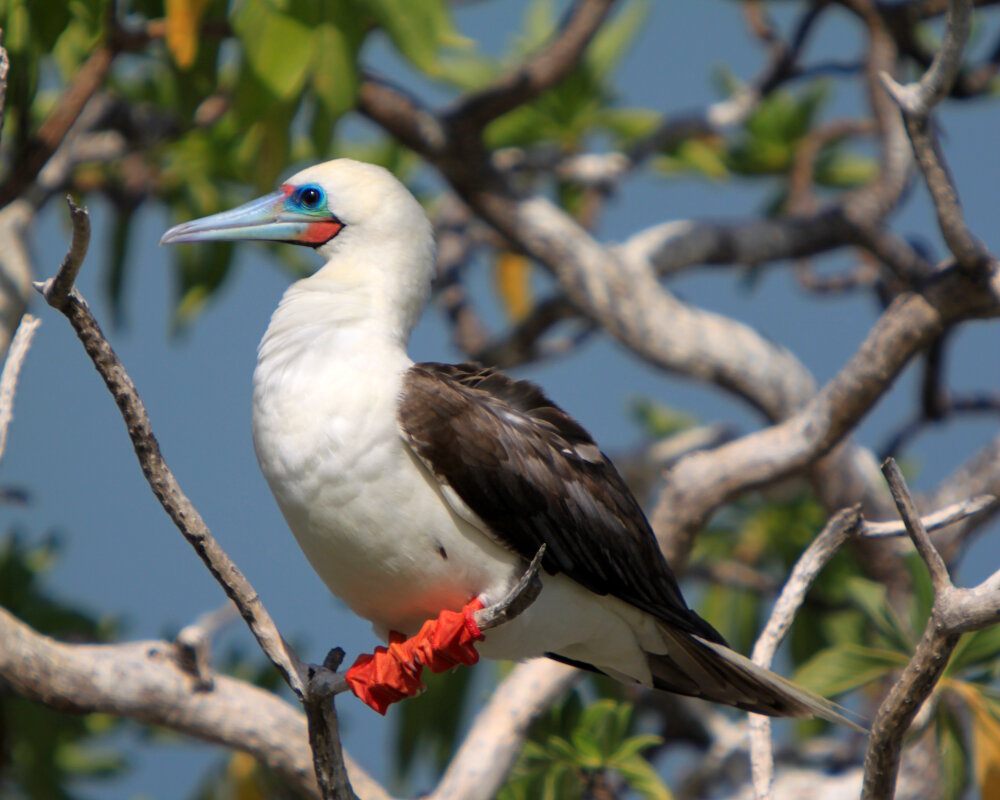
The red-footed booby is easy to identify by its bright red-colored feet © Natador | Dreamstime.com
The red-footed booby is easy to identify by its bright red-colored legs and feet. It is also distinguished by its pale blue bill and can exhibit several color variations: a brown, white or black-tailed white livery.
The brown livery features a brown body with a white belly and tail. The white one features a white with black flight feathers and finally the black-tailed white one features a black tail. Juveniles are typically brown or blackish-gray with a black bill and grey legs. While females and males look similar, females are generally larger and males may have longer tails.
Geographic range
The red-footed booby is found throughout the tropical and subtropical regions of the Atlantic, Pacific and Indian oceans. It can be found on the island of Little Cayman, home to the largest colony in the Caribbean, the Galapagos islands, the Kiribati islands and the Hawaiian islands.
Habitat
The red-footed booby is a gregarious seabird species that gathers in large colonies during the breeding season, typically between late January and September in Genovesa and San Cristobal islands in the Galapagos archipelago.
Unlike other booby species, the red-footed booby builds its nest on top of shrubs or in small trees using twigs and sticks collected by the male. It has longer claws on its feet than other boobies, allowing it to grasp branches.
Diet
The red-footed booby eats mainly fish, especially flying fish, it spots from the air before diving to catch it but also squids it catches at night by diving among school of squids.
The red-footed booby is well suited to diving thanks to its elongated bill, streamlined body and long wings which it wraps around its body before entering the water.
Reproduction
During the breeding season, the male attracts the female with a courtship display called « sky-pointing » where the male throws his head back until his bill points toward the sky.
The female lays only one egg every 15 months which is incubated by both parents for around 45 days. After hatching, the young chicks will fledge at around three months old.
Did you know ?
Its english name « booby » comes from the spanish word « bobo », meaning foolish or clown, referring to its clumsy movement on land when they move around.
The red-footed booby is the smallest of all booby species.
The red-footed booby is a great traveler and can cover up to 90 miles when searching for food.
The red-footed booby is listed as many other marine species within The IUCN Red List of threatened species. The red-footed booby appears in the IUCN Red List since 2021 within the category Least Concern !
Within the same genus
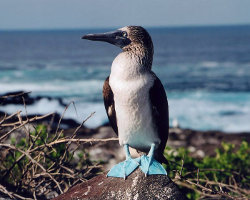
Blue-footed booby
(Sula nebouxii)
(Sula nebouxii)
Within the same family
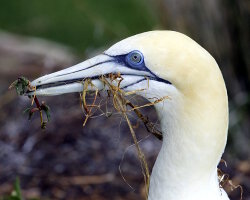
Australasian gannet
(Morus serrator)
(Morus serrator)
Discover also
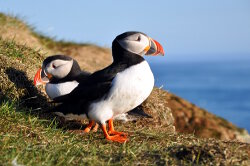
Atlantic puffin
(Fratercula arctica)
(Fratercula arctica)
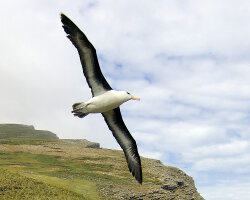
Black-browed albatross
(Thalassarche melanophris)
(Thalassarche melanophris)
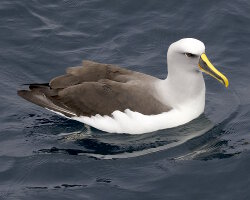
Buller's albatross
(Thalassarche bulleri)
(Thalassarche bulleri)
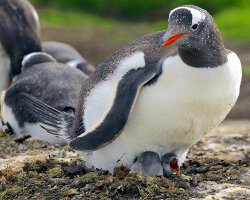
Gentoo penguin
(Pygoscelis papua)
(Pygoscelis papua)

Grey-headed albatross
(Thalassarche chrysostoma)
(Thalassarche chrysostoma)
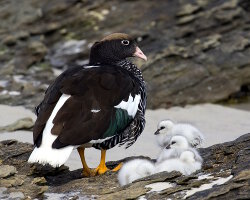
Kelp goose
(Chloephaga hybrida)
(Chloephaga hybrida)
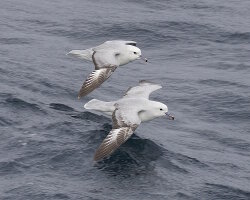
Southern fulmar
(Fulmarus glacialoides)
(Fulmarus glacialoides)
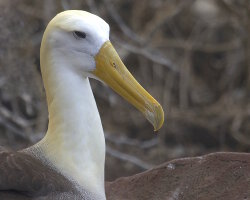
Waved albatross
(Phoebastria irrorata)
(Phoebastria irrorata)
Our latestUpdates

Friday, November 28th 2025
Disney Hollywood Studios, from Star Wars to Toy Story
Dive into the magical world of Disney's Hollywood Studios: Star Wars and Toy Story attractions and shows for the whole family.

Wednesday, November 19th 2025
Tenerife island
Tenerife, the largest of the Canary islands, is a volcanic gem in the Atlantic ocean. It boasts an incredible variety of landscapes, from golden or black sand beaches to the subtropical forests of the Anaga mountains and the majestic Teide volcano, Spain's highest peak. With its picturesque villages, rich local culture and countless outdoor activities, Tenerife is a perfect destination for every type of traveler.

Saturday, November 15th 2025
Batz island
Located in the English Channel off the northern coast of Brittany, just a few kilometers from the town of Roscoff, Batz island is a true little haven of peace where you can enjoy its wild landscapes, unspoiled beaches and historical heritage.
Photo of the Day

Gobie splendide
(Amblyeleotris wheeleri)
(Amblyeleotris wheeleri)
